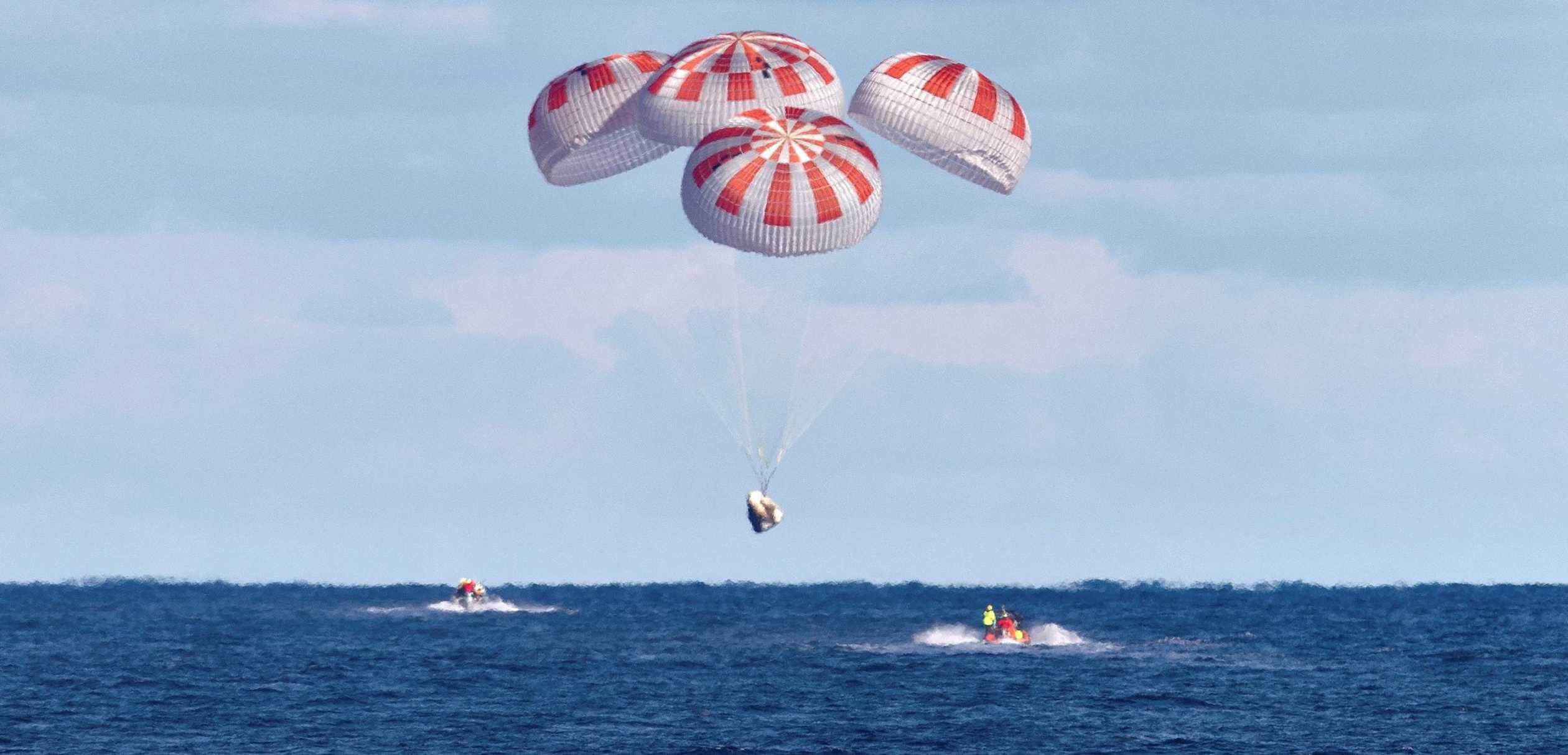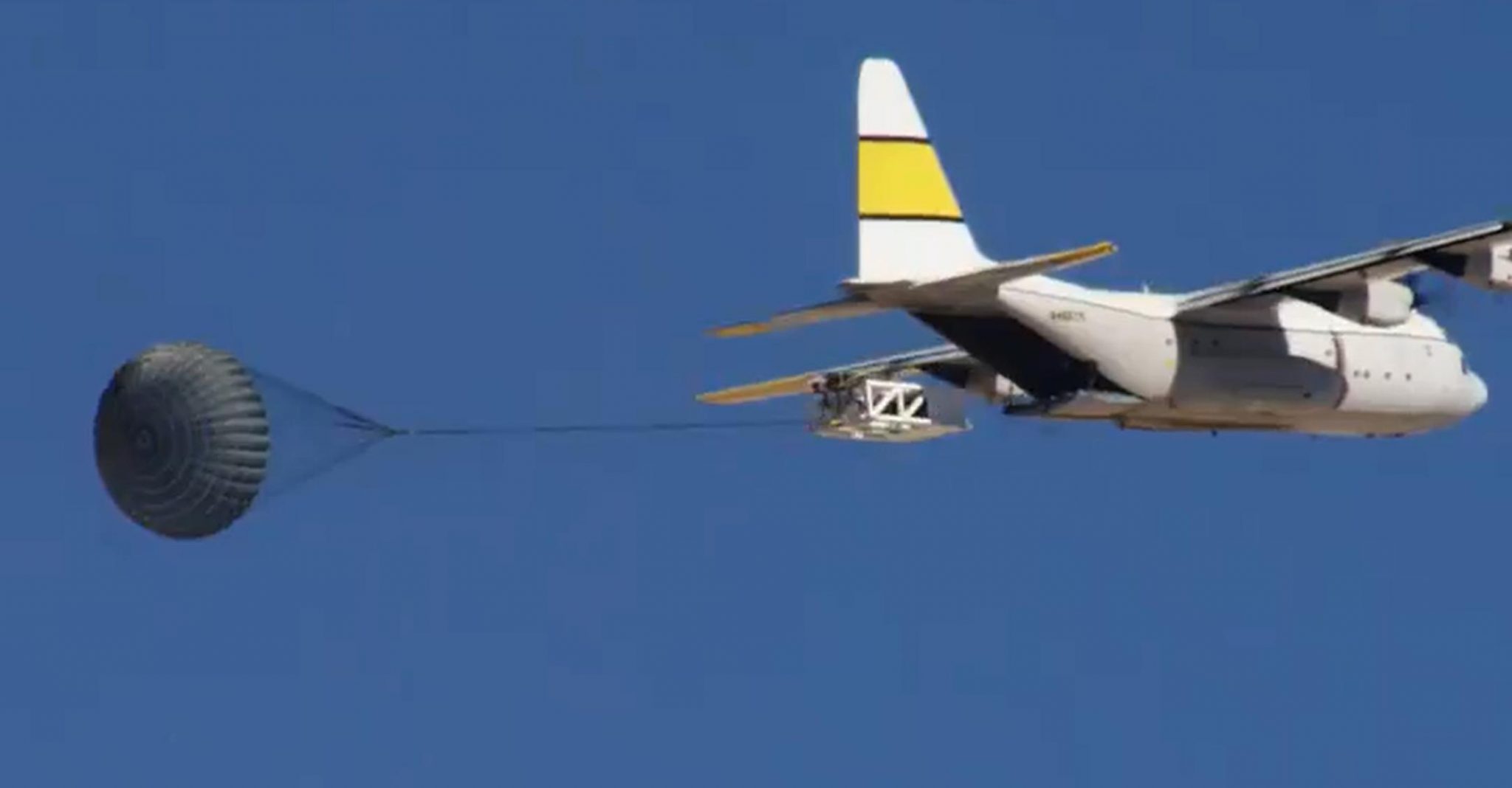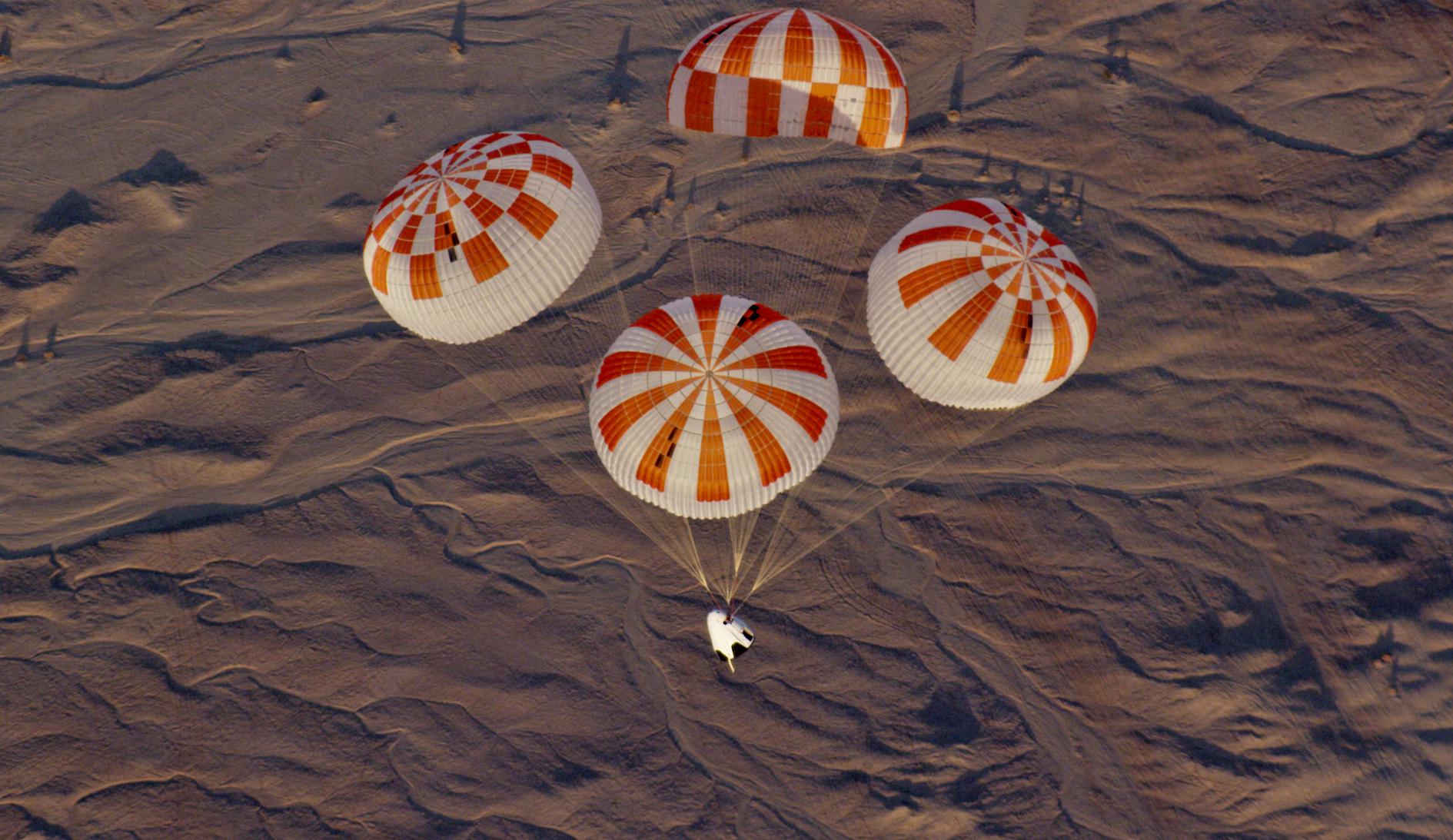
SpaceX Crew Dragon spacecraft nears last parachute tests before astronaut launch debut
by Eric RalphSpaceX’s Crew Dragon spacecraft is likely just a few weeks away from its last few parachute drop tests, the successful completion of which should give NASA all the technical data it needs to okay its astronaut launch debut.
After facing several major failures during intentionally challenging drop tests both last year and the year before, SpaceX and supplier Airborne have been working relentlessly to better understand the complex physics behind parachutes and then design and build better ones with that information.
Most recently, SpaceX has been aggressively testing the latest Mark 3 (Mk3) parachute variant with great success and has completed some two-dozen consecutively-successful drop tests since October 2019. Now, NASA and SpaceX are working together to settle on a design for two final Crew Dragon parachute tests, the results of which will almost certainly determine when the spacecraft’s astronaut launch debut will occur.
As previously discussed on Teslarati, SpaceX – in pursuit of the safest and most reliable spacecraft possible – has quite literally been pushing the envelope of parachute engineering and the immensely complex physics behind their behavior during deployment.
“According to NASA, the incredibly extensive testing SpaceX has had to do to satisfy the agency’s requirements has lead the company to develop “a better understanding of how to safely design and operate parachute clusters”. As of September 2019, SpaceX has reportedly completed 48 distinct parachute tests, of which one or two apparently failed.
In response to the additional testing and analysis NASA required after a recent April 2019 chute failure, SpaceX has essentially been forced to push the state of the art of parachute design and modeling to new levels. NASA says that SpaceX has begun to model certain conditions and newfound failure modes in ways that “provide a better understanding of parachute reliability” and have forced NASA to reevaluate its own standards and certification processes. Shown in the video above, SpaceX recently completed a successful parachute test identical to the attempt that failed in April 2019, a major step towards confirming that the new parachute analysis and design have mitigated prior faults.”
Teslarati.com — September 20th, 2019
Since that NASA report, SpaceX has – based on their own subsequent updates – completed no less than 24 successful Mk3 parachute tests, ranging from single-chute and chute-out tests to the full-fidelity spacecraft launch and recovery that followed Crew Dragon’s January 19th, 2020 In-Flight Abort (IFA) test.

NASA’s Wallops Twitter account has revealed Crew Dragon’s final two parachute tests will be performed with a C-130 cargo plane similar to the one pictured above during a previous SpaceX drop test, implying – unsurprisingly – that they will likely be as closed to full fidelity as possible. For unknown reasons, those final tests will be performed in Arizona instead of SpaceX’s usual California-based locations of choice.

Most likely, those tests will involve a Crew Dragon-shaped simulator that will perform drop tests as if it were a flightworthy spacecraft returning from space. That would involve fairly high-altitude drops in which the spacecraft simulator uses mortars to eject a hatch and deploy drogue chutes, stabilizing Crew Dragon’s orientation before four main chutes are carefully deployed a gentle splashdown or touchdown.
Ultimately, if those tests go exactly as planned and NASA is able to finish reams of paperwork in time, Crew Dragon could be ready for its astronaut launch debut (known as Demo-2) as early as late-April 2020, although May or June may be more practical. In doing so, SpaceX is all but certain to become the first private company in history to launch humans into orbit.